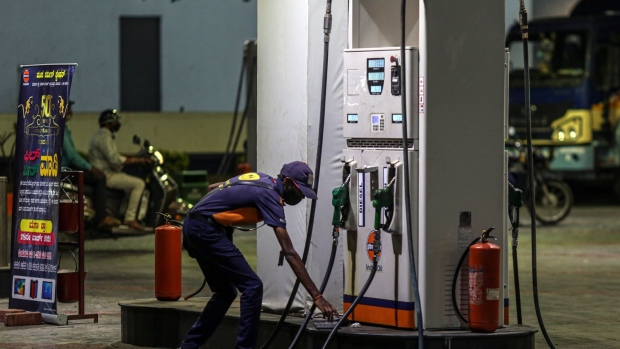Aug 25, 2022
India’s Biggest Refiner to Spend $25 Billion on Net Zero Target
, Bloomberg News

(Bloomberg) -- Indian Oil Corp., the country’s biggest refiner, said it plans to spend 2 trillion rupees ($25 billion) to achieve carbon neutrality in its operations by 2046.
The company will target Scope 1 and 2 emissions under its net zero aim, Shrikant Madhav Vaidya, chairman of the state-owned refiner-cum-fuel retailer, said on Thursday. It plans to achieve 60% of the goal through mitigation and the rest via offsets, including through the purchase of carbon credits, Vaidya said.
Indian Oil did not share data on Scope 3 emissions, which occur from the consumption of its fuels and comprise the largest share of emissions for refiners. Scope 1 refers to greenhouse gas emissions generated during production and Scope 2 to emissions from the consumption of energy. Scope 3 refers to all other indirect emissions in the value chain.
“The burning of fossil fuels by the transport sector is responsible for roughly 13% of India’s carbon emissions, and constitutes the Scope 3 emission for all oil refiners,” said Shantanu Jaiswal, BloombergNEF’s head of India research. “And while today’s announcement is a good start, to achieve net zero for the entire country India will need to reduce these very emissions.”
Overall emissions at its refineries and petrochemical units will start falling after 2030, Vaidya told reporters in New Delhi after he had announced the goal to shareholders. Indian state-run energy majors have been working on plans to switch to low-carbon operations with investments planned in hydrogen and clean power.
Indian Oil will spend 5.77 billion rupees on research on green products and fuel cells, Vaidya said. The refiner has started working on hydrogen production by gasifying biomass and expects to have a trial plant with a capacity of one ton a day ready by the end of the year, he said.
The refiner’s decarbonization plan is in line with India’s national goal of reaching net zero by 2070. The world’s third-largest emitter announced the target at COP26 at Glasgow late last year, spurring a series of policy changes to encourage decarbonization of the economy.
The Indian energy sector is looking at investments in green hydrogen and clean power, while thousands of electric vehicle charging points are also being installed across the country even as gasoline demand is expected to remain robust for many years. Indian Oil had earlier said it is working toward producing 70,000 tons a year of green hydrogen by 2030.
(Adds analyst comment in the fourth paragraph and describe scopes in third paragraph.)
©2022 Bloomberg L.P.





